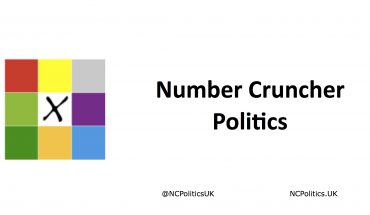It's hard to believe now, but for weeks after the Indyref, we had almost no Scotitsh Westminster polling whatsoever (just one in the six weeks after September 19th). Now we are flooded with them, and at first glance the pictures they paint seem very different:
Panelbase Scottish Westminster: SNP 41 (-4) LAB 31 (+3) CON 14 (-1) UKIP 7 (=) LIB 3 (=)
— NumbrCrunchrPolitics (@NCPoliticsUK) January 17, 2015
Survation Scotland W'minster: SNP 46 (-2) LAB 26 (+2) CON 14 (-2) LIB 7 (+2) UKIP 4 (=) 12th-16th Size 1,006 Tabs: http://t.co/Yuj8Bt520w
— NumbrCrunchrPolitics (@NCPoliticsUK) January 18, 2015
STV/Ipsos-MORI Scotland Westminster: SNP 52 LAB 24 CON 12 LIB 4 GRN 4 pic.twitter.com/WSLuGpvNbS
— NumbrCrunchrPolitics (@NCPoliticsUK) January 21, 2015
As always, the devil is in the detail, and my usual warning about comparing like-with-like is especially true in Scotland, where polling companies have substantially different house effects – the consequence of the different methodological decisions pollsters taken to (attempt to) achieve a representative sample. This is one case where the differences are very large.
Panelbase showed the smallest lead for – and the biggest swing against – the SNP, 10 points ahead of Labour compared with 17 points last time. Panelbase's online polls have tended to show among the smallest SNP leads, but there was no obvious reason for the larger change when I posted my analysis. Then on Monday the tables came out and showed that the voting intention question was the third to be asked, immediately after a question highlighting the fall in the oil price. In their last poll for the SNP, it was first.
Panelbase have form on this sort of thing, in August 2013 they asked a referendum question third, after a couple of questions that were widely viewed as a “yes” ladder, and produced a 1-point “yes” lead when other pollsters generally had “no” 20 or 30 points ahead.
 Ipsos-MORI don’t use past-vote, party ID or indyref weighting. The effect of this is uncertain, but as I mentioned previously they have historically tended to show higher voting intention for the SNP and lower voting intention for the Conservatives, relative to other pollsters. Note, however, that even their whopping 28-point lead is a point smaller than in their previous survey, so fits with the trend elsewhere (even though the change is well within the margin of error).
Ipsos-MORI don’t use past-vote, party ID or indyref weighting. The effect of this is uncertain, but as I mentioned previously they have historically tended to show higher voting intention for the SNP and lower voting intention for the Conservatives, relative to other pollsters. Note, however, that even their whopping 28-point lead is a point smaller than in their previous survey, so fits with the trend elsewhere (even though the change is well within the margin of error).
Their poll had some pretty worrying internals from Labour’s perspective, including only 27% support among the poorest zonal quintile, compared with 67% for the SNP in the same areas.
Survation’s numbers were in-between the other houses and not too remarkable. In all likelihood, so the true intentions of Scottish voters. We’ll just have to wait a few more months to find out for certain.





